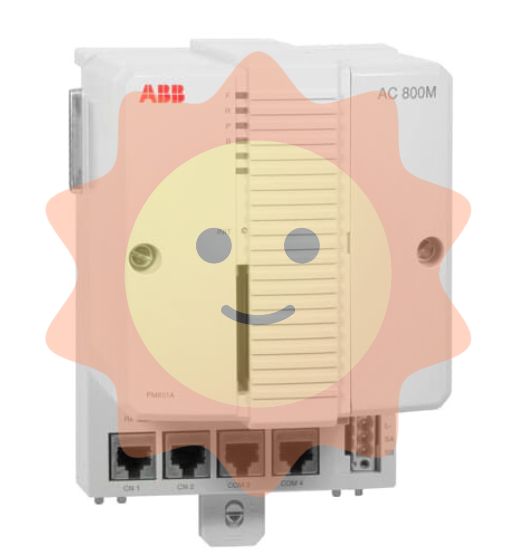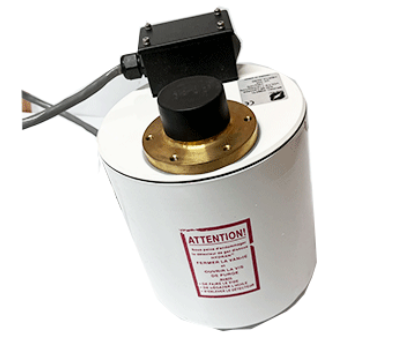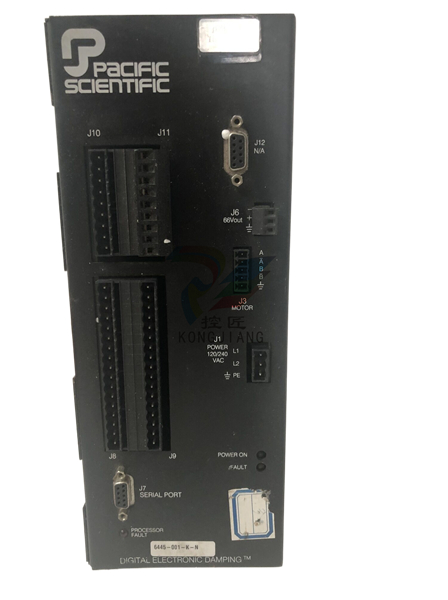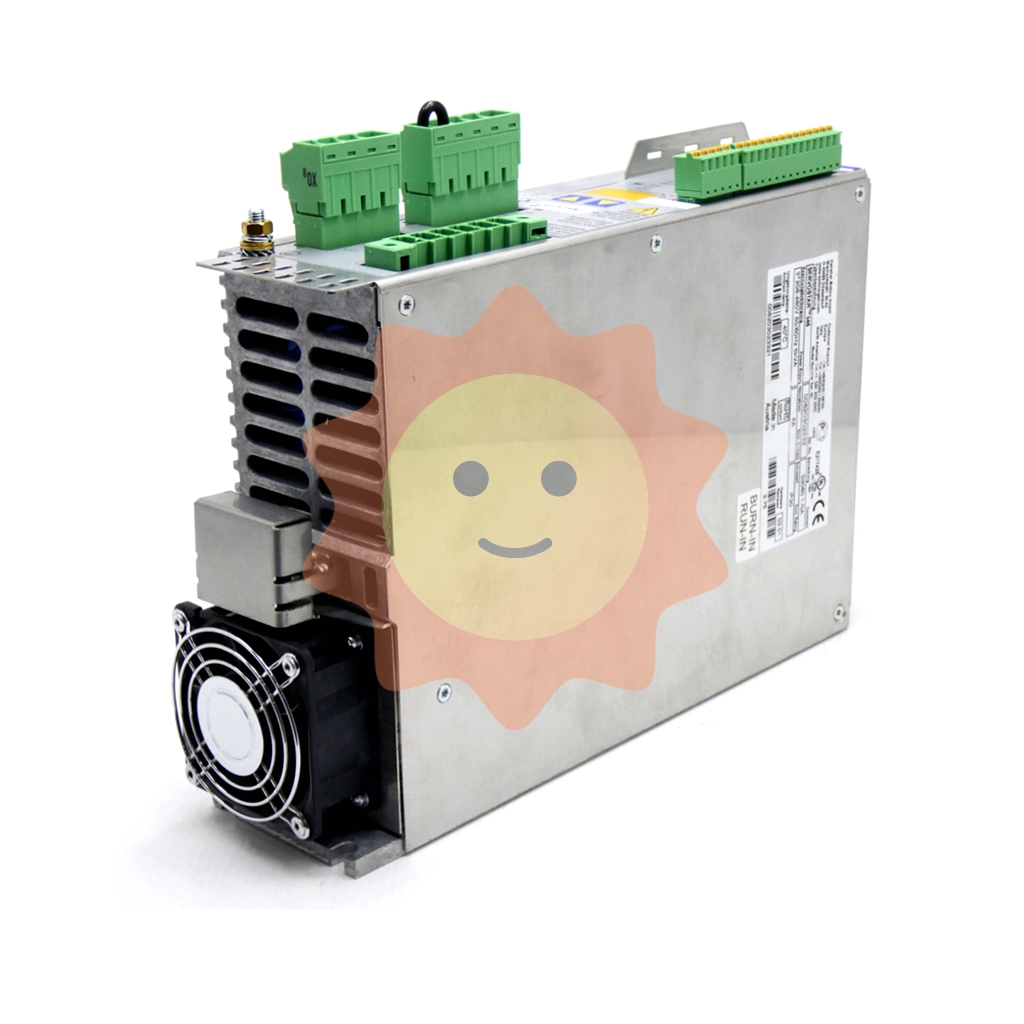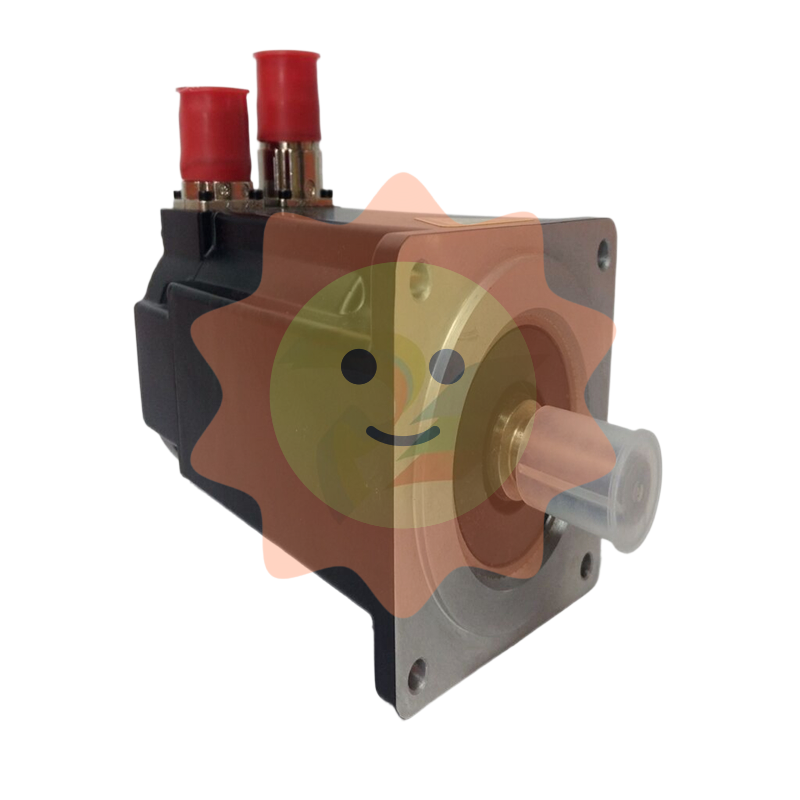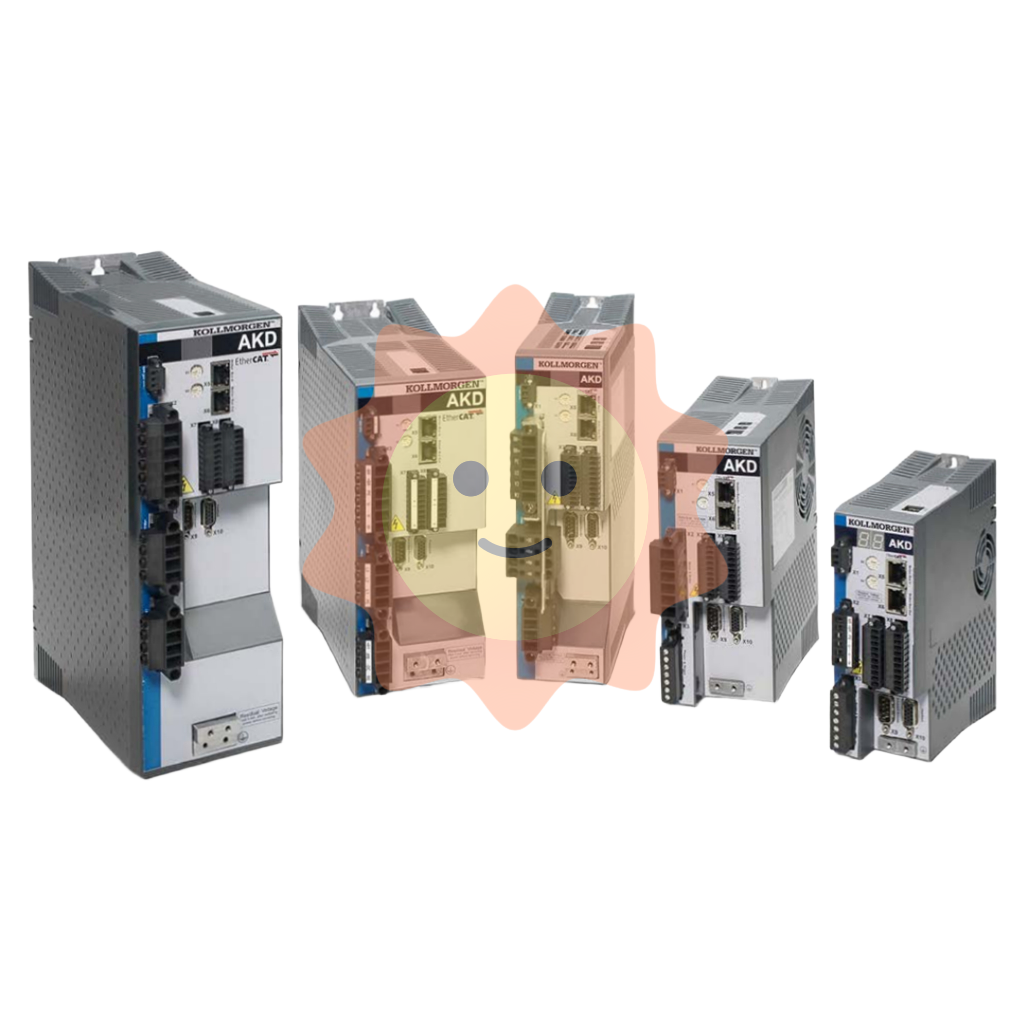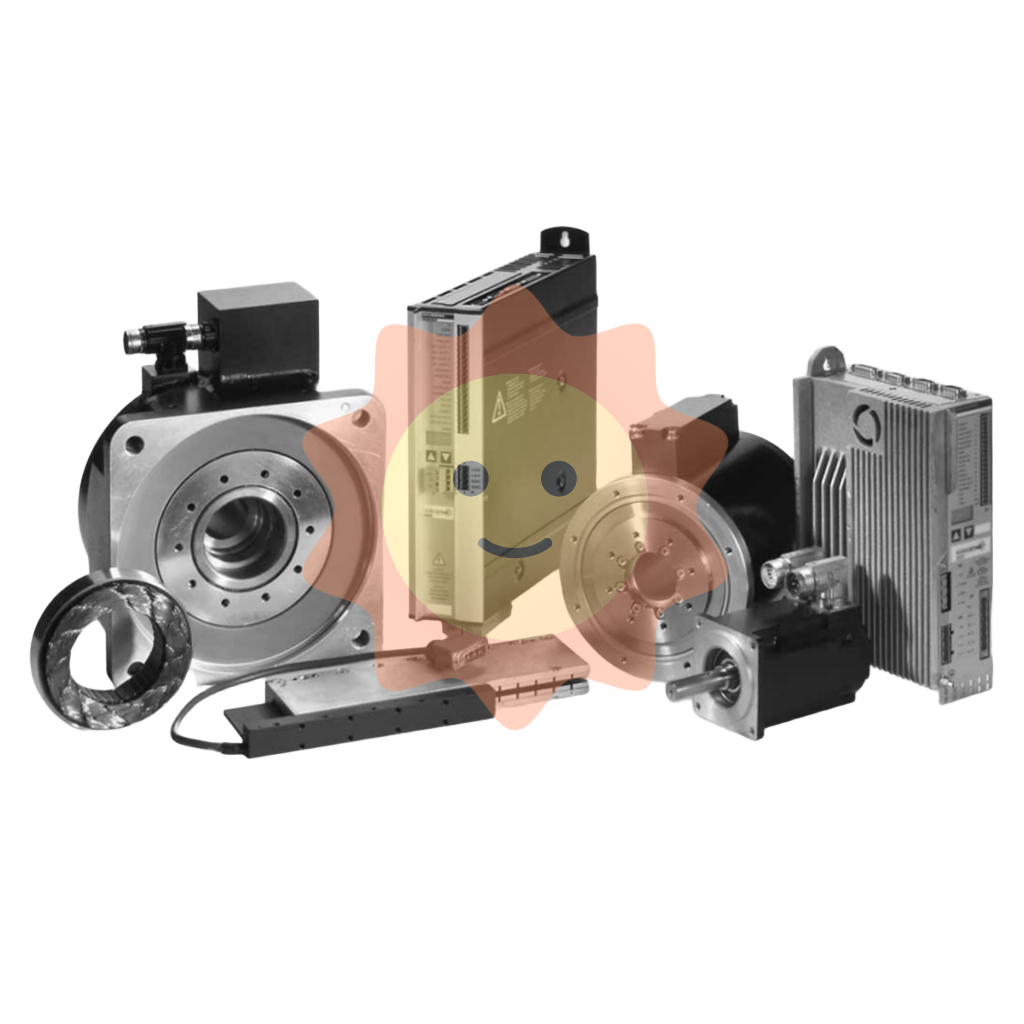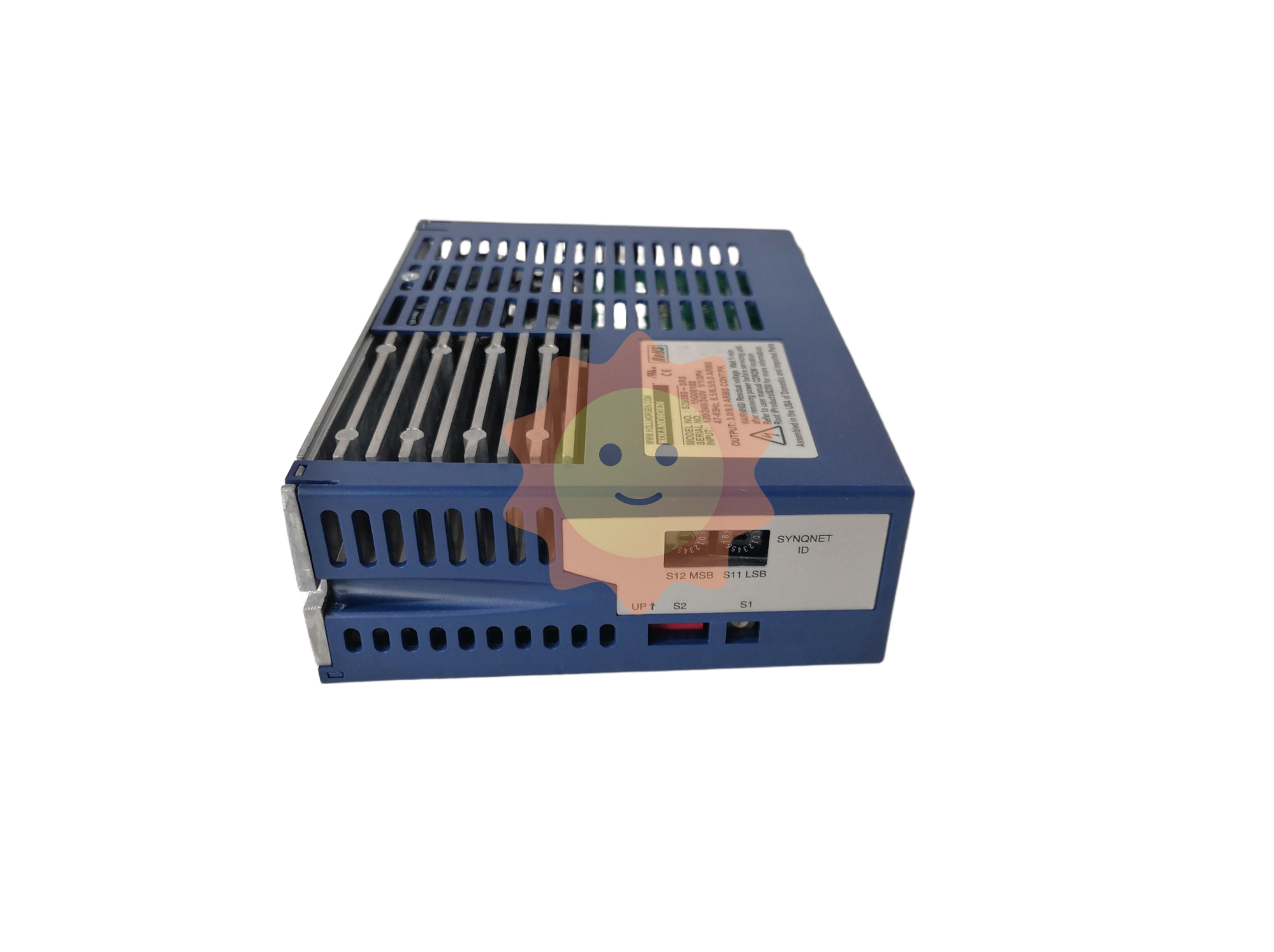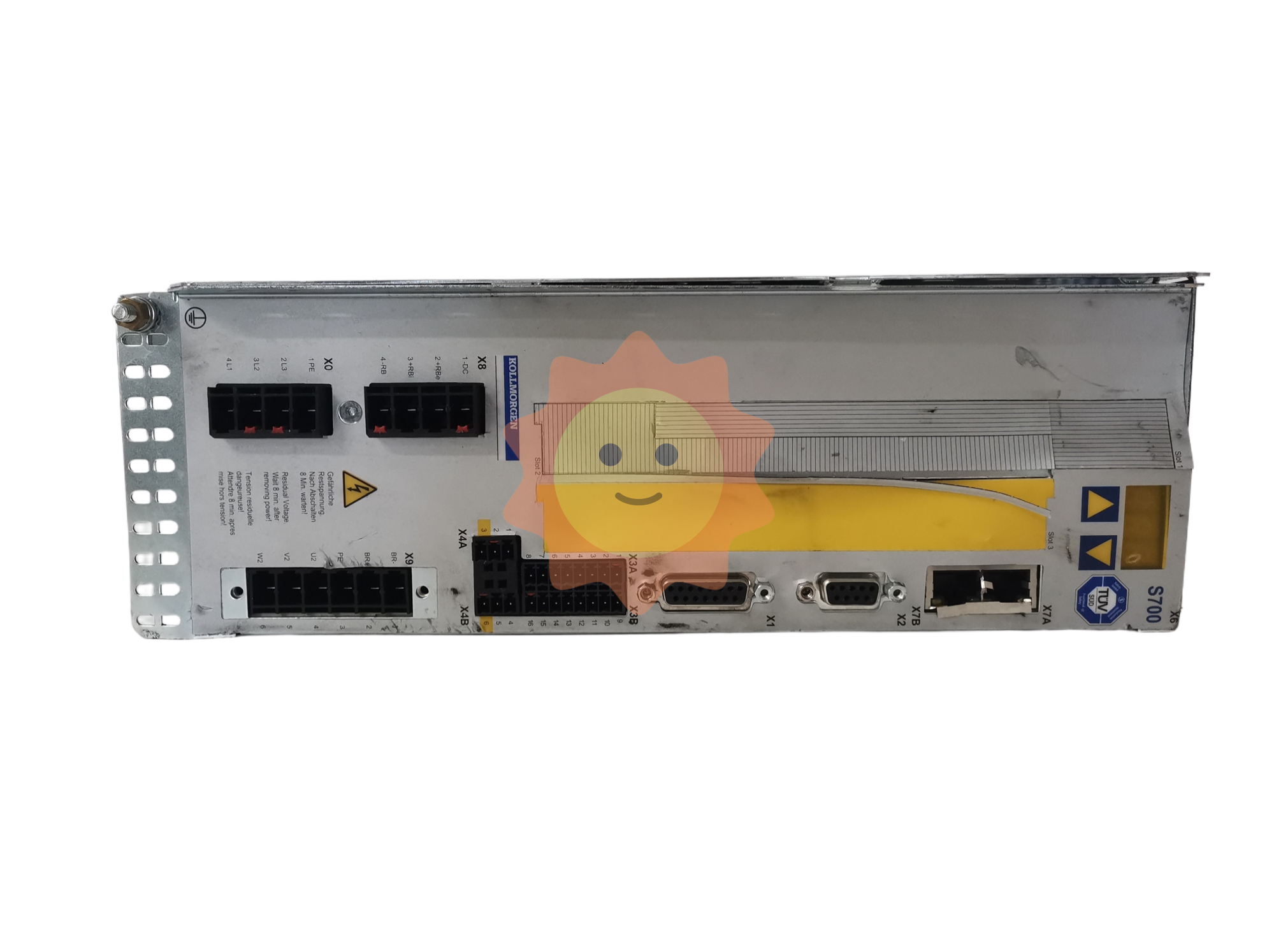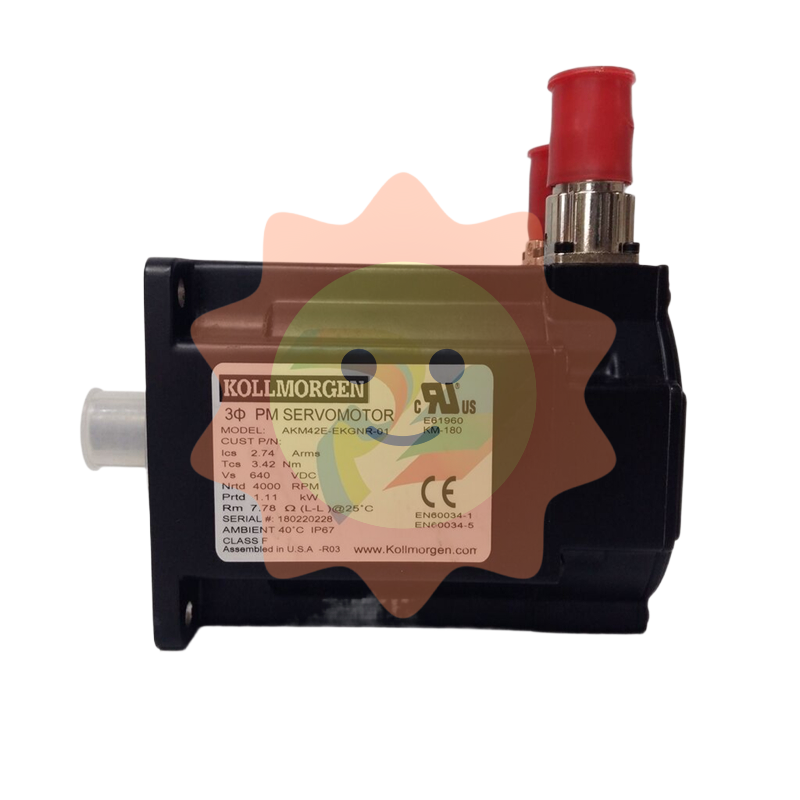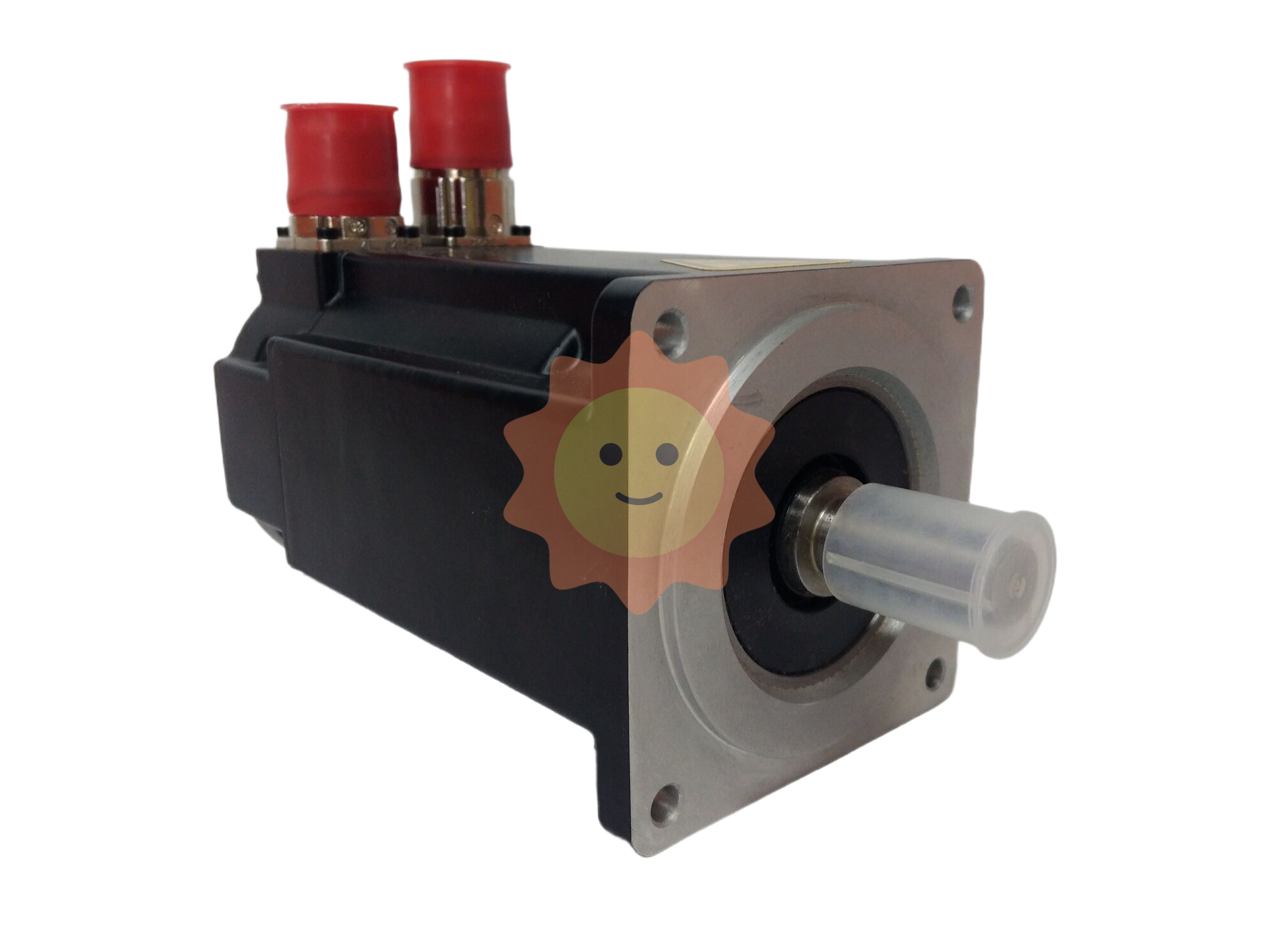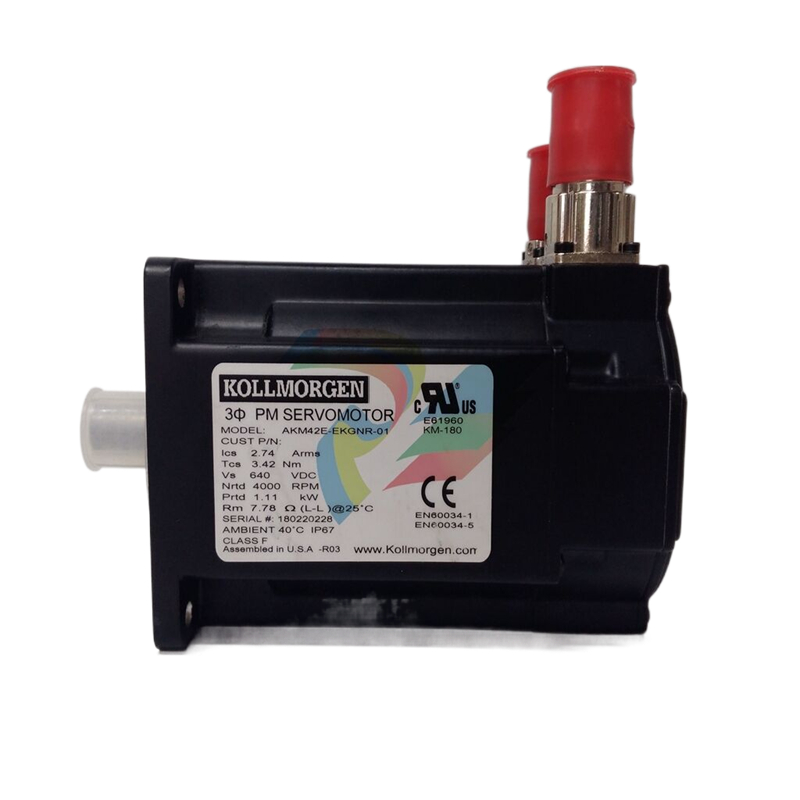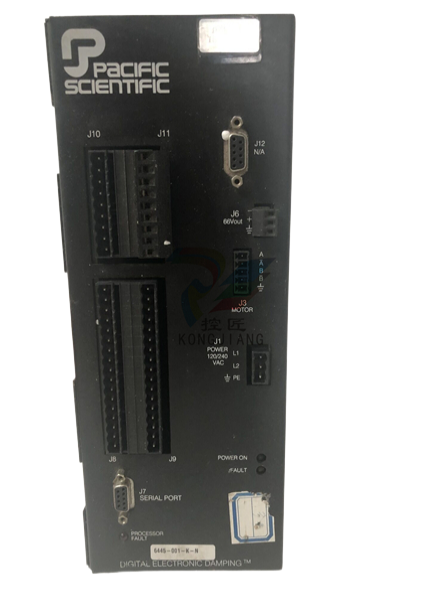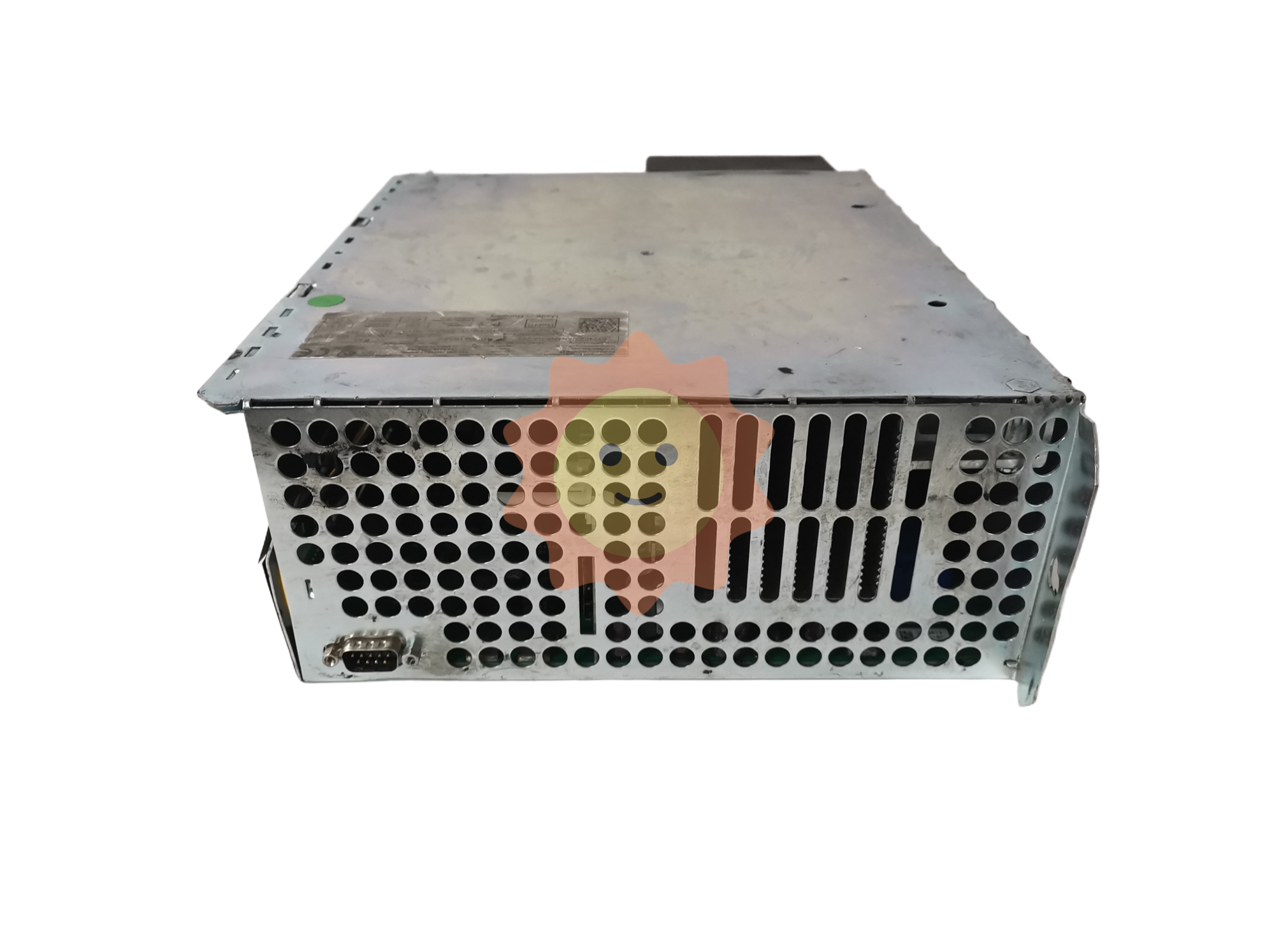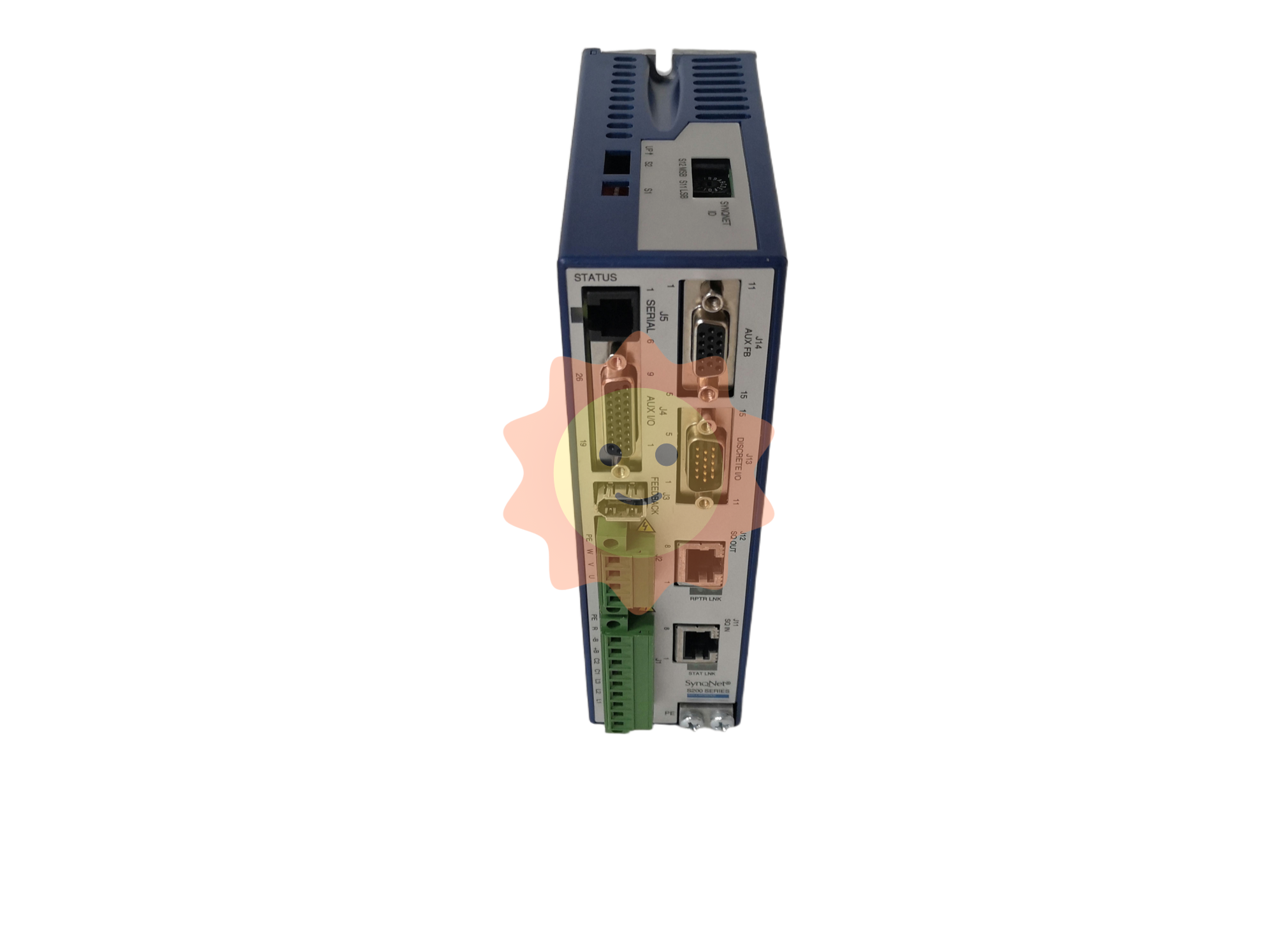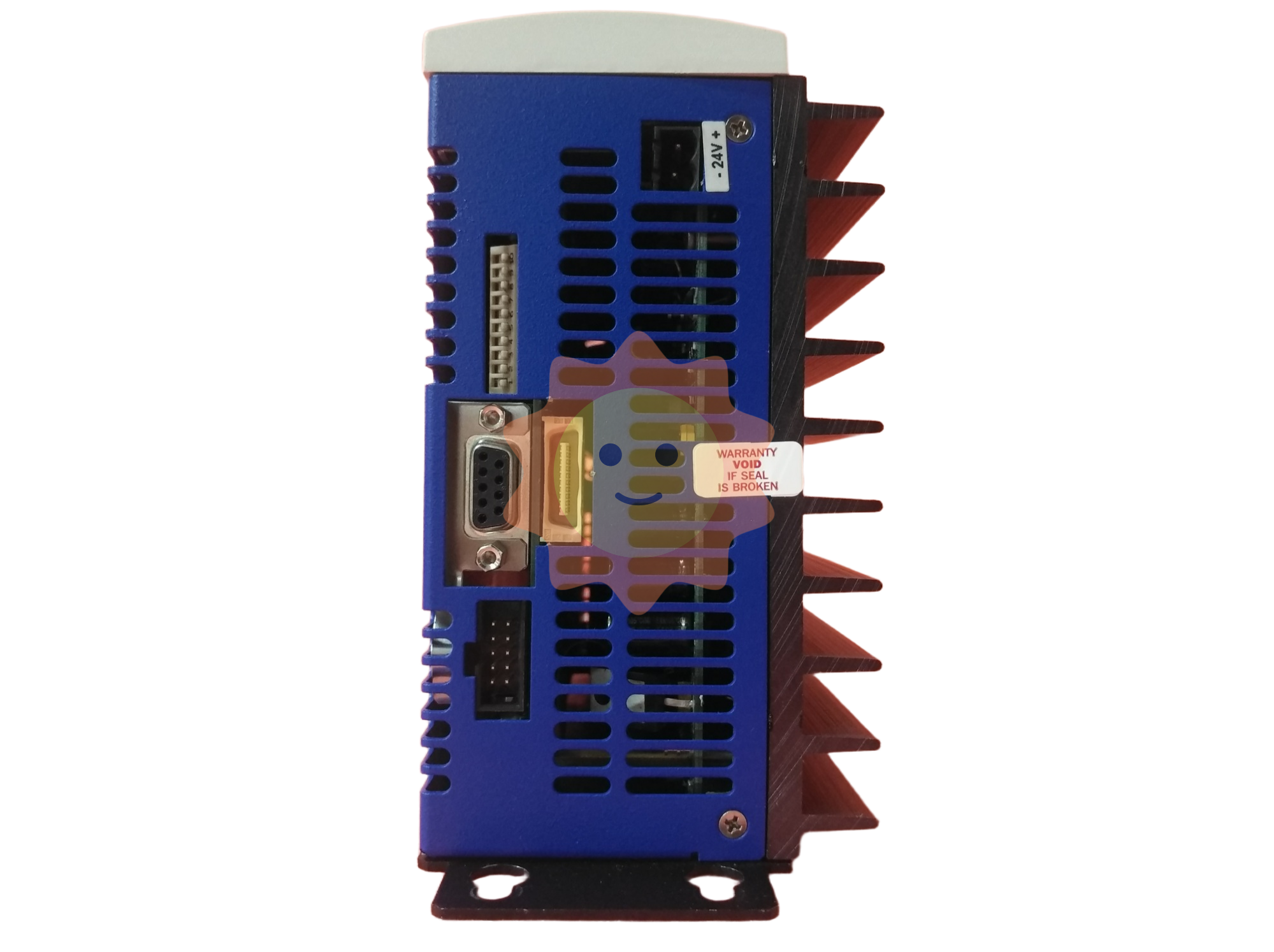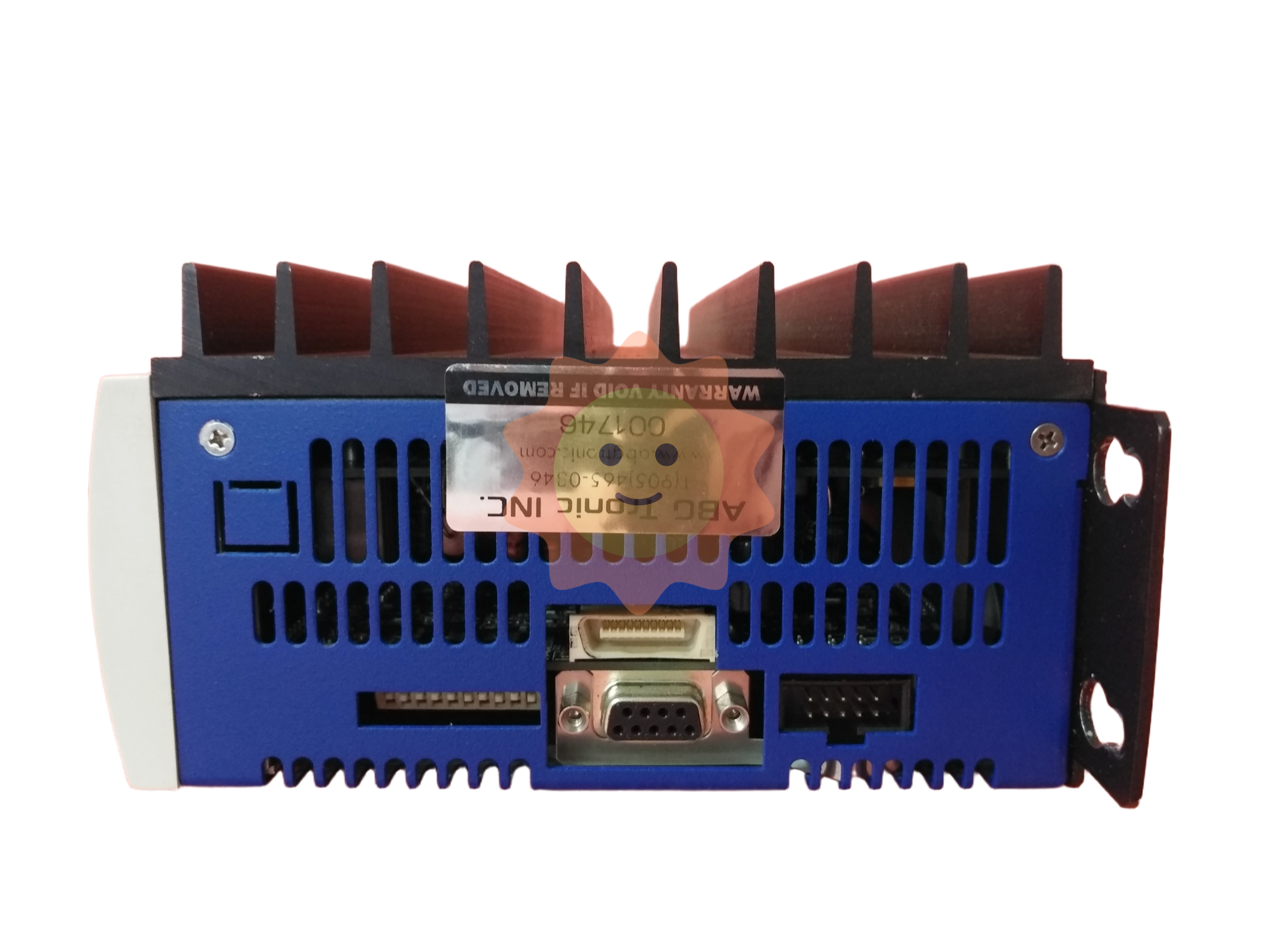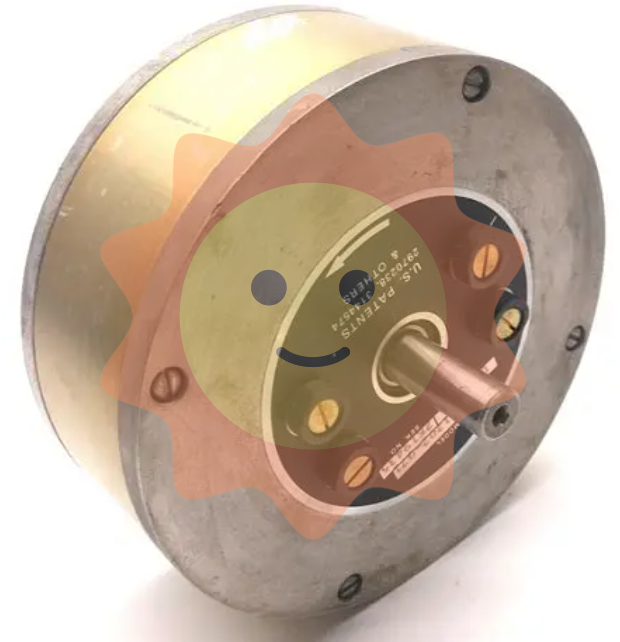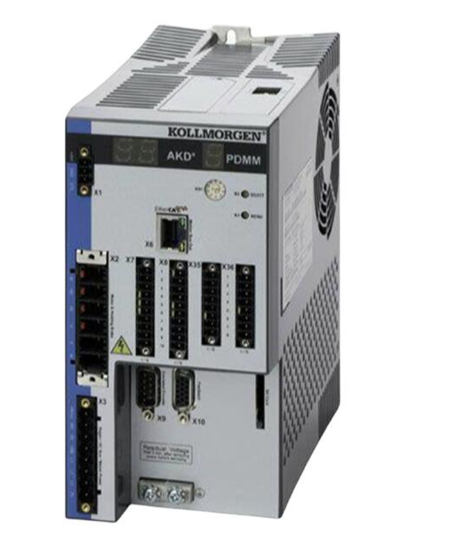China's car networking industry in 2024
Industry policy background: 5G vehicle networking is the ultimate application field of policy guidance

At present, the relevant policies of China's car networking are based on the integration layout and coordinated development of relevant technology fields. At present, China is mainly engaged in the application integration of vehicle networking and 5G technology to promote the faster realization of intelligence and digitalization in transportation, automotive and communications industries. The 5G Application "Sail" Action Plan (2021-2023) released in June 2021 and the Guiding Opinions on Expanding investment in strategic Emerging Industries to Cultivate and Expand New Growth Points and growth Poles released in September 2020 both make detailed plans for the future development goals of 5G vehicle networking. In addition, the current Chinese policy is based on the upgrading of vehicle-road and vehicle-vehicle collaborative technology to support intelligent transportation, improve driving safety and improve traffic efficiency. Therefore, the construction of vehicle networking pilot areas, roadside facilities and related network security standards system has also become an important topic.
Industry development status
1. Current situation of vehicle equipment: there are many kinds of products and rich technical types
As the vehicle receiving end of the whole system, OBU is one of the important components of the whole traffic system, the source of data and the end of information transmission. Car end hardware including controller, CAN card, global positioning system (GPS), inertial measurement unit (IMU), sensing sensors, etc., the current cost is high, and the price may be reduced after mass production. Hardware is the just need of intelligent driving cars, if the technology is mature, the vehicle without the relevant hardware will face the possibility of replacement. In addition to the software and hardware necessary for intelligent driving, the vehicle information system is also in the rising period of the industry, with low concentration and huge space for development. The vehicle information entertainment system mainly includes three main functions from its function, namely entertainment, connection and navigation, and is developing towards platform, which is the necessary carrier for realizing intelligent cars. With the continuous progress of smart car technology, cars can achieve functions such as controlling home air conditioning/curtains/lights/door locks, and various application software can be directly installed in the car, forming a car-mobile phone-home-service interconnection mode.
Among the technical routes with higher technical characteristics of the end-vehicle equipment, OTA remote upgrade is the technology with the highest application maturity, while high-level automatic driving L5 is the technology with the lowest application maturity and the most difficult breakthrough. Among the technical routes with low technical characteristics of end-vehicle equipment, V2X traffic lights and speed limit warning and automatic emergency call are the most mature technologies, while automatic parking in parking lots is the least mature technology.
2, vehicle demand status: car ownership to improve the Internet of vehicles to promote the rapid growth of intelligent networked vehicles
According to the Ministry of Public Security, in 2017, the number of motor vehicles in the country exceeded 300 million, and the number of cars exceeded 200 million. In 2020, China's car ownership surpassed that of the United States, becoming the largest country in the world with a single country's car ownership. In 2021, the number of motor vehicles increased further, reaching 395 million, of which 302 million were automobiles. By the end of 2022, the number of vehicles in the country was 319 million, an increase of 5.63 percent year-on-year.

Under the rapid development and penetration of vehicle networking technology, the development of intelligent connected vehicles has become a consensus, and the development environment for intelligent connected vehicles in China is becoming increasingly perfect. In the face of scientific and technological revolution and industrial change opportunities, independent high-end brands and new car-making enterprises have laid out intelligent connected automobile business, and have completed the layout in many links of the industrial chain. With the progress of intelligent network technology, the continuous iterative upgrading of products and the change of vehicle electronic and electrical architecture, a large number of Internet companies have flooded into the domestic market and cut into the field of intelligent network vehicles by cross-border cooperation. Saic, BAIC, Changan, GAC and other traditional car companies began to develop, test and launch intelligent network models. Some models have been equipped with L2 level intelligent driving assistance functions as standard, and intelligent networked vehicles have realized normal manned load testing and demonstration applications in many places across the country. From 2017 to 2021, the scale of China's intelligent connected automobile industry has grown rapidly, and the scale of China's intelligent connected automobile industry has exceeded 400 billion yuan in 2021, an increase of 53.1% year-on-year. Preliminary statistics by 2022, the scale of China's intelligent connected automobile industry will reach 597.5 billion yuan.
- EMERSON
- Honeywell
- CTI
- Rolls-Royce
- General Electric
- Woodward
- Yaskawa
- xYCOM
- Motorola
- Siemens
- Rockwell
- ABB
- B&R
- HIMA
- Construction site
- electricity
- Automobile market
- PLC
- DCS
- Motor drivers
- VSD
- Implications
- cement
- CO2
- CEM
- methane
- Artificial intelligence
- Titanic
- Solar energy
- Hydrogen fuel cell
- Hydrogen and fuel cells
- Hydrogen and oxygen fuel cells
- tyre
- Chemical fiber
- dynamo
- corpuscle
- Pulp and paper
- printing
- fossil
- FANUC
- Food and beverage
- Life science
- Sewage treatment
- Personal care
- electricity
- boats
- infrastructure
- Automobile industry
- metallurgy
- Nuclear power generation
- Geothermal power generation
- Water and wastewater
- Infrastructure construction
- Mine hazard
- steel
- papermaking
- Natural gas industry
- Infrastructure construction
- Power and energy
- Rubber and plastic
- Renewable energy
- pharmacy
- mining
- Plastic industry
- Schneider
- Kongsberg
- NI
- Wind energy
- International petroleum
- International new energy network
- gas
- WATLOW
- ProSoft
- SEW
- wind
- ADVANCED
- Reliance
- YOKOGAWA
- TRICONEX
- FOXBORO
- METSO
- MAN
- Advantest
- ADVANCED
- ALSTOM
- Control Wave
- AB
- AMAT
- STUDER
- KONGSBERG
- MOTOROLA
- DANAHER MOTION
- Bently
- Galil
- EATON
- MOLEX
- Triconex
- DEIF
- B&W
- ZYGO
- Aerotech
- DANFOSS
- KOLLMORGEN
- Beijer
- Endress+Hauser
- MOOG
- KB


Email:wang@kongjiangauto.com


